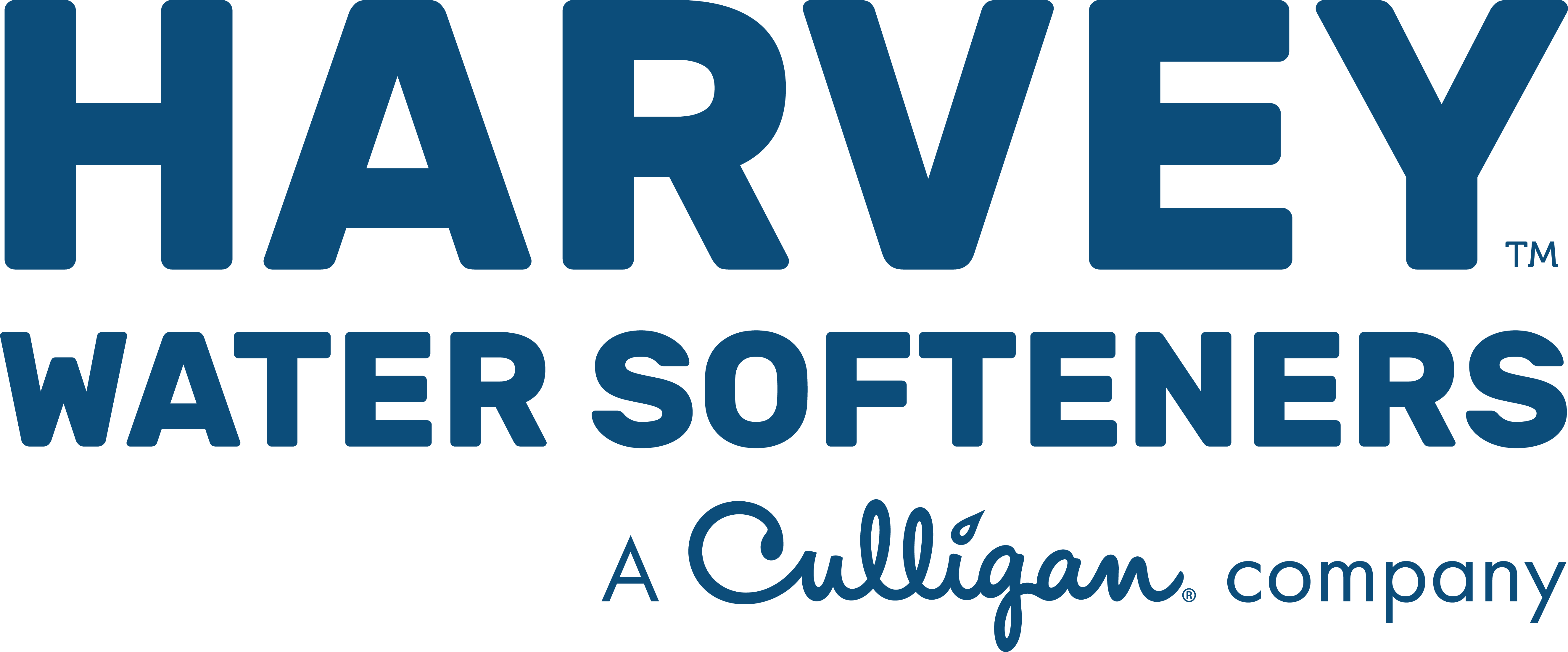The water is used to drive the brine (salt solution) regenerant through the water softener and then flush it ready for the next service cycle. The number of litres used for each regeneration is dictated by the design of the water softener, its size and efficiency.
The water softener needs a specific amount of salt to complete the regeneration. For example, the HV3 needs 300 grams of salt for each regeneration. The brine solution in the bottom of the cabinet is saturated with salt and 300 grams of salt require 0.8 litres of water to dissolve the salt and hold it in solution. So, 0.8 litres of water is used for the concentrated brine per regeneration.
This concentrated brine is diluted with more water as it is injected into the water softener during regeneration. In fact, the brine injector works on the venturi principle: as water goes through the injector, it creates a vacuum, which sucks the brine into the injector as it passes into the water softener. The amount of water used to draw the brine from the brine tank through the injector and then to the resin bed is known as the ‘motive’ water. The volume of motive water needed is 3 times the volume of the concentrated brine so the total volume of brine and motive water for the HV3 is 3.2 litres per regeneration. So, that dictates the first volume of water.
The second volume of water is that which is required to rinse the spent brine, or what is now calcium chloride solution, from the resin bed and wash it down the drain.
This typically requires 2 ‘bed volumes’ (a bed volume is the volume of the resin tank) to rinse thoroughly. For the Harvey Water Softener™, the rinse volume is 13.8 litres – so the total regeneration water requirement is 17 litres.
Modern water softeners, like ours, are very water efficient typically using less than 2% of the volume of softened water produced between regenerations. This is partially because we do not incorporate a ‘backwash’, which is something typically done in America where you have relatively poor quality water that requires cleaning the resin bed out on a periodic basis which is not required in the UK.

